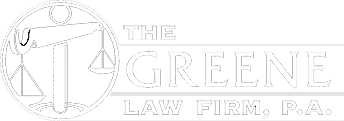IRS Methods of Collecting Delinquent Taxes
- David Greene
- Comments Off on IRS Methods of Collecting Delinquent Taxes
When one does not pay taxes, he will first receive a friendly letter stating that he has overdue taxes and asking him to pay them in full. This letter usually comes within six months to a year after the due date. If he ignores this letter, his file will then be assigned to the ACS (Automatic Collection System) branch and
he will begin receiving a series of letters, each one more threatening than the last. The last letter is sent certified mail and states “FINAL NOTICE OF INTENT TO LEVY.” Thirty days after the date on this last letter, the IRS can seize the money in his bank account and/or levy (garnish) his wages.
Another method of collection is a lien. This is a document recorded at the Courthouse stating that the taxpayer owes the IRS and any money due the taxpayer from the sale of property must be paid to the IRS up to the amount of the debt. Most people think this only applies to real property, but it applies to all property owned by the taxpayer.
I will discuss another method the IRS uses to collect delinquent taxes in my next blog.
